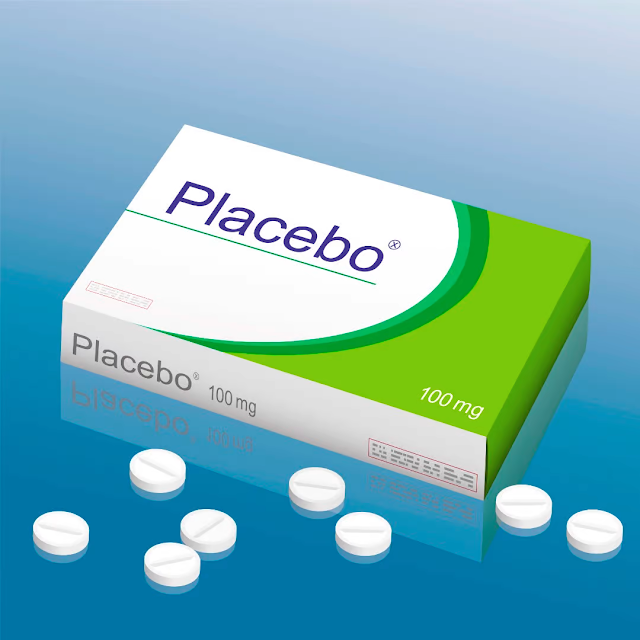Understanding Domestic Violence (DV) & Intimate Partner Violence (IPV): A Call to Awareness for MiraCosta Students
Dorian Owens is a graduate student at San Diego State University, pursuing a Master’s in Counseling through the Community-Based Block (CBB) Program, focusing on multicultural counseling and social justice. Dorian's approach to mental health care is rooted in humanistic, trauma-informed, and client-centered practices, emphasizing support for marginalized communities, particularly BIPOC populations.
Domestic Violence (DV) and Intimate Partner Violence (IPV) are serious and widespread public health issues that impact millions of individuals, including students at community colleges like MiraCosta. Whether you're taking classes on campus, online, or both, it's crucial to understand what DV/IPV looks like, how it affects lives, and how to seek help or support others who may be experiencing it.
At MiraCosta, we want to foster a safe and supportive campus environment. Awareness is a crucial first step. Recognizing red flags and knowing your rights and resources can make all the difference.
Domestic Violence (DV) and Intimate Partner Violence (IPV) are serious and widespread public health issues that impact millions of individuals, including students at community colleges like MiraCosta. Whether you're taking classes on campus, online, or both, it's crucial to understand what DV/IPV looks like, how it affects lives, and how to seek help or support others who may be experiencing it.
What is DV/IPV?
Domestic Violence refers to abuse that occurs in a domestic setting, typically between spouses, partners, or family members. Intimate Partner Violence is a specific type of DV that involves current or former romantic partners. Both can include:- Physical violence (hitting, choking, or other bodily harm)
- Emotional or psychological abuse (manipulation, threats, intimidation)
- Sexual violence
- Economic abuse (controlling finances, limiting access to money)
- Technological abuse (using social media, texting, or tracking apps to harass or control)
Why It Matters to College Students
Many people think DV/IPV only happens to older adults or married couples, but it’s more common among young adults than you might realize. College-age individuals (18–24) are at a heightened risk, often experiencing their first serious relationships during a time of major life transitions.At MiraCosta, we want to foster a safe and supportive campus environment. Awareness is a crucial first step. Recognizing red flags and knowing your rights and resources can make all the difference.
Signs of Abuse to Watch For
- A partner who tries to control who you see, what you wear, or where you go
- Constant belittling, name-calling, or put-downs
- Isolation from friends, family, or campus activities
- Intense jealousy or possessiveness
- Threats of self-harm if you leave the relationship
- Unexplained bruises or injuries
You Can Make a Difference
Whether it’s learning the facts, speaking up when you see signs of abuse, or supporting a friend through a tough situation, your actions matter. Educate yourself. Spread awareness. And never hesitate to reach out for help. Together, we can create a safer and more compassionate campus community.Where to Get Help
If you or someone you know is experiencing DV or IPV, you are not alone. Here are some resources that can help:- National Domestic Violence Hotline – Call 800-799-SAFE (7233) or visit https://www.thehotline.org - Offers 24/7 confidential support via phone, chat, and text
- MiraCosta College Mental Health Counseling (Health Services) - MiraCosta College
- Counseling, Mental Health Services & Groups/Workshops or call (760) 795-6675 MiraCosta students can access free, confidential mental health counseling through the Health Center, where trained professionals offer support, help you explore your options, and connect you with resources to stay safe and empowered.
- Love is Respect - Warning signs of dating abuse: What to look for & more | love is respect or Call 866-331-9474/ Text LOVEIS to 22522 - Geared toward teens and college students, Love is Respect offers support, education, and real-time help for anyone experiencing dating abuse or concerned about a relationship. You can call, text, or chat with a peer advocate.




Thank you for sharing this information. I am suggesting a site for your wellness treat Best Spa in India.
ReplyDelete